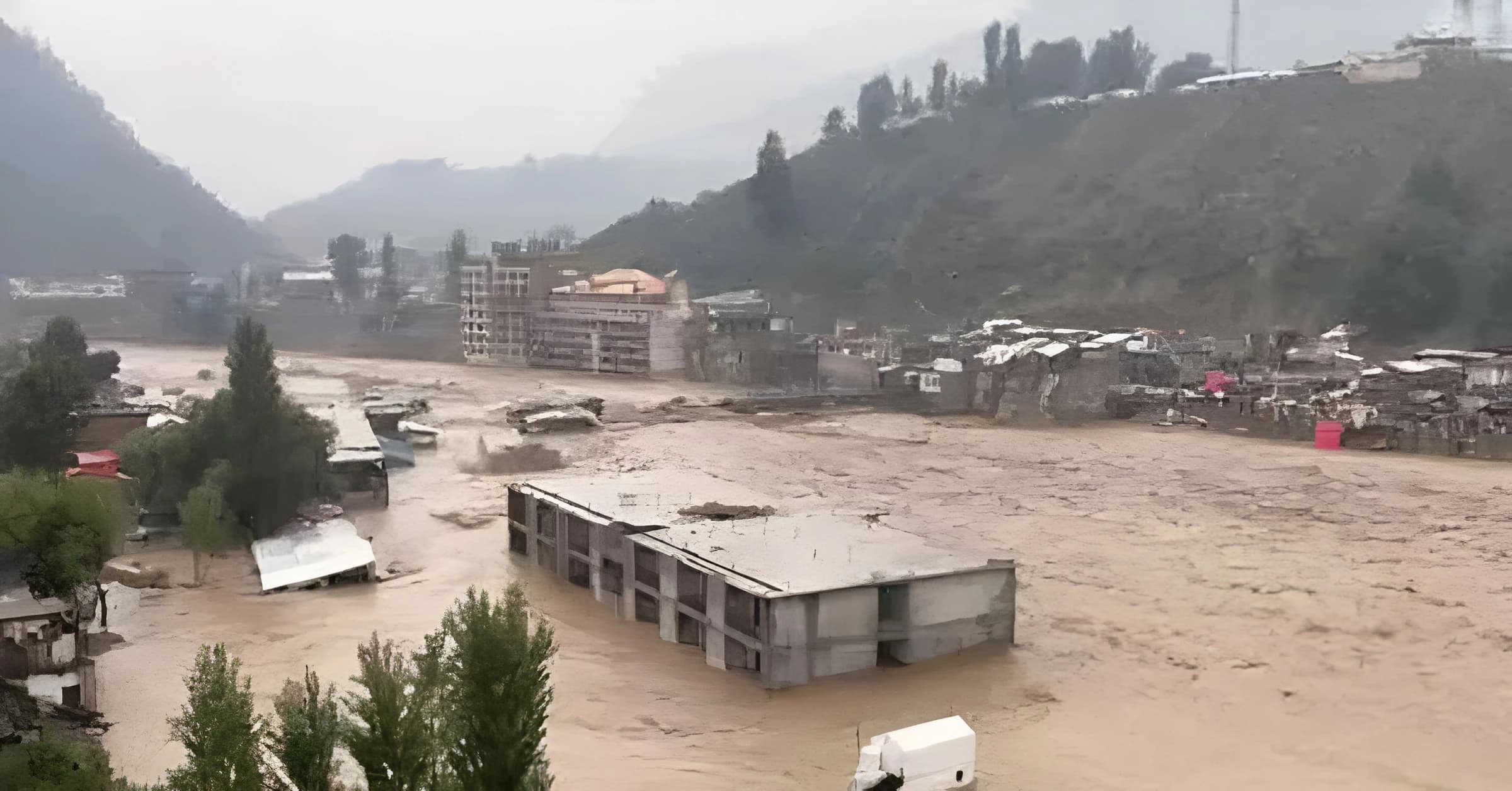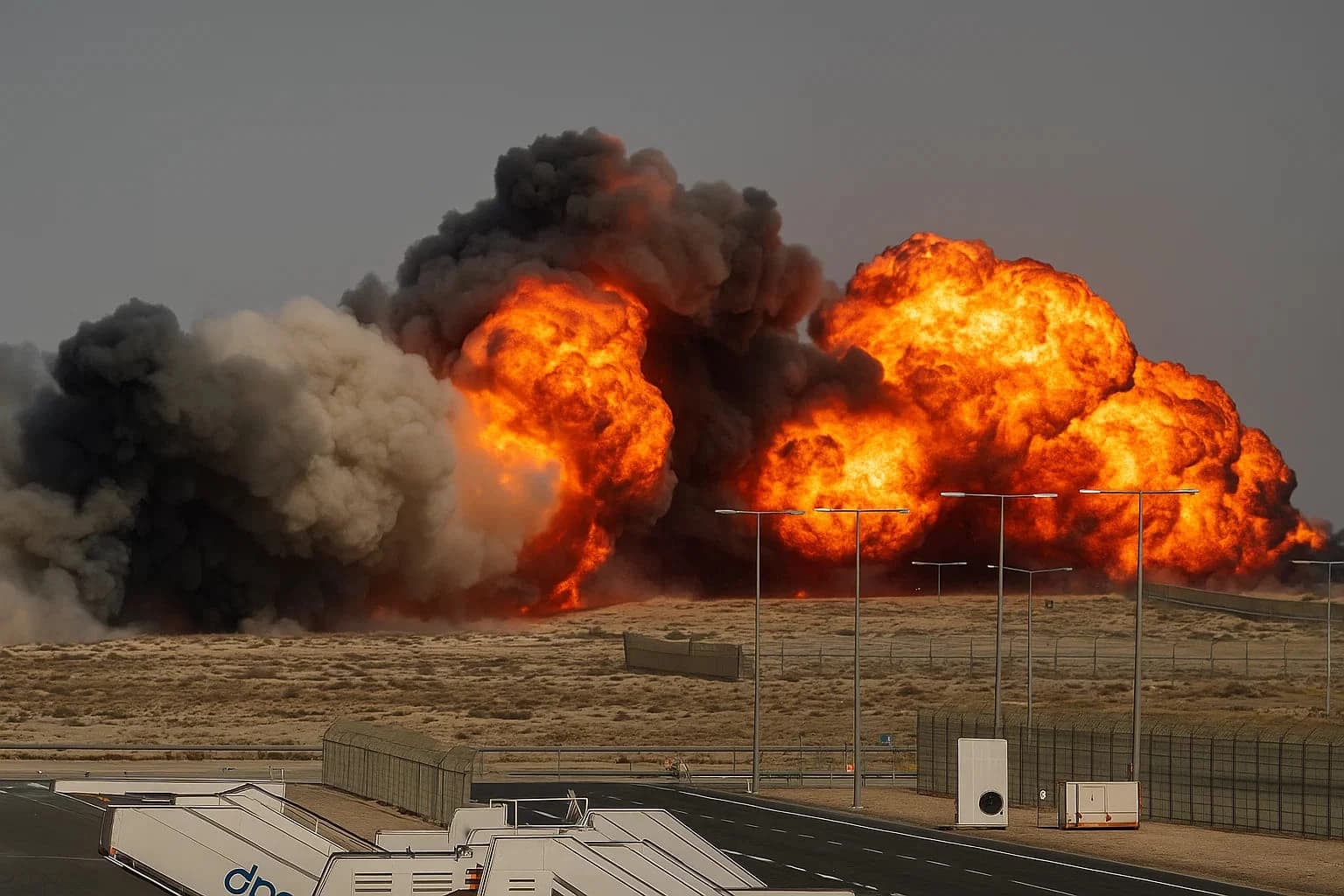© 2025 Roz UpdatesbyTETRA SEVEN

* All product/brand names, logos, and trademarks are property of their respective owners.
In a deeply distressing turn of events, Pakistan has been struck by one of the most catastrophic natural disasters in recent memory. Flash floods triggered by a rare and intense cloudburst have claimed at least 337 lives, with Buner district in Khyber Pakhtunkhwa facing the heaviest toll. The devastation has left communities in shock, families grieving, and entire villages struggling to recover from the trauma and loss.
The cloudburst caused over 150 millimeters of rainfall within just one hour, catching many by surprise and overwhelming local infrastructure. Survivors describe the moments of the flood as terrifying and swift, leaving very little time for evacuation or preparation.
In the aftermath, government agencies, rescue teams, and the armed forces launched coordinated relief efforts to support affected areas. Emergency shelters, medical camps, and aid distribution points were set up promptly. However, as the scale of the disaster became clear, questions naturally emerged were early warning systems sufficient? Could more have been done in the days leading up to the floods? Were vulnerable communities adequately supported beforehand?
These are important questions, not necessarily as criticism, but as a call for reflection and improvement. Public discourse, including media coverage and social media reactions, has highlighted the need for even stronger preparedness, infrastructure development, and proactive risk management, especially in areas prone to extreme weather events.
This "News" explores the tragic events of the flood, the government's relief efforts, and the broader dialogue it has sparked about resilience, coordination, and future disaster planning.
On what seemed like an ordinary day, the skies over Buner district turned ominous. Within a short span, the region witnessed an extreme weather event a rare cloudburst. In less than an hour, more than 150 millimeters of rain fell, triggering rapid and powerful flash floods that overwhelmed the landscape. Unlike steady monsoon rains, cloudbursts bring intense rainfall concentrated over a small area, leading to sudden and severe flooding.
Entire villages were inundated. The force of the water swept away homes, vehicles, bridges, and even concrete roads. Locals described the floodwaters as rising “within minutes,” leaving residents little to no time to escape. Rivers overflowed, and dry streams turned into raging torrents. The topography of Buner with its valleys and hilly terrain made the situation worse, funneling water into residential areas at dangerous speeds.
Surrounding districts, especially in Khyber Pakhtunkhwa and parts of northern Punjab, also faced similar flooding, though not as severe as Buner. Crops were damaged, infrastructure collapsed, and thousands were displaced across affected regions.
The human cost of the floods is staggering. At least 337 people lost their lives across various districts, with 207 of those deaths reported in Buner alone. Families have been torn apart, and many survivors continue to search for missing loved ones. In some cases, entire families perished when their homes were swept away.
Emergency responders and volunteers have shared heartbreaking stories children rescued from rubble, elderly individuals clinging to rooftops, and parents searching tirelessly for missing sons and daughters. The physical damage is immense, but the emotional trauma may take even longer to heal.
Local hospitals and clinics, some operating under immense strain, have been treating flood-related injuries while also offering psychological support to victims. Temporary shelters have provided a sense of safety, but the road to recovery physically and emotionally remains long and complex.
In the immediate aftermath of the flash floods, the government of Pakistan alongside provincial authorities and the military responded with a multi-tiered emergency relief operation. Rescue teams were dispatched to the most affected districts, including Buner, where helicopters, boats, and heavy machinery were used to reach stranded communities and clear debris.
The Pakistan Army played a central role in rescue operations, particularly in hard-to-reach mountainous areas. Temporary shelters were established for displaced families, and medical camps began treating injuries and distributing essential supplies such as clean drinking water, food, and hygiene kits.
Government officials, including local administrators and federal representatives, visited the flood-hit areas to oversee relief activities and assure affected families of immediate and long-term support. Public statements emphasized the state's commitment to rebuilding infrastructure, restoring electricity and water supplies, and providing compensation to families who lost loved ones or property.
Financial aid packages were announced, and assessments for infrastructure repair began swiftly. The National Disaster Management Authority (NDMA) also issued weather updates and advisories, urging caution as further rainfall was forecasted.
While relief efforts were widely appreciated, there has also been a growing call for deeper reflection on disaster preparedness. Community members, journalists, and social commentators have voiced concerns about early warning systems, urban planning, and the resilience of local infrastructure.
Some residents noted that despite signs of worsening weather, evacuation efforts could have been initiated sooner. Others highlighted the vulnerability of certain settlements built near rivers and steep slopes areas at high risk during heavy rains.
These conversations are not meant as criticism, but rather as a constructive push for long-term solutions. The floods have ignited important national dialogue around improving forecasting systems, investing in flood-resistant infrastructure, and educating communities on disaster response protocols.
Public engagement through social media and local news channels has been significant. Hashtags related to flood relief, government coordination, and climate resilience trended for days, demonstrating how deeply this tragedy resonated with citizens.
Government spokespersons have welcomed public feedback and reaffirmed their commitment to strengthening Pakistan’s capacity to deal with future climate-related disasters. The collaborative spirit between state institutions, NGOs, and civil society has laid the groundwork for meaningful change.
The flash floods that struck Pakistan, particularly the Buner district, will be remembered as one of the most devastating natural disasters in recent years. With over 337 lives lost, entire communities uprooted, and infrastructure heavily damaged, the scale of this tragedy is both heart-wrenching and eye-opening.
Yet amid the destruction, stories of resilience, unity, and swift humanitarian action have emerged. From brave rescue workers saving lives to government agencies deploying rapid relief, the nation came together to respond to an urgent crisis. These efforts deserve acknowledgment and appreciation, especially in the face of such overwhelming conditions.
At the same time, this disaster has highlighted the growing need for enhanced disaster preparedness and climate resilience. As weather patterns become increasingly unpredictable, Pakistan like many other nations must prioritize long-term planning: stronger early warning systems, safer construction practices, sustainable urban development, and public awareness campaigns that empower communities before a disaster strikes.
The government’s proactive steps in rescue and recovery reflect a commitment to its people. Now, the next chapter involves reinforcing those systems, learning from this experience, and building a more resilient future. This is not just about responding to emergencies, it’s about anticipating them and minimizing their impact.
As citizens, we too have a role to play. Staying informed, supporting relief efforts, advocating for sustainable development, and participating in community resilience programs can all contribute to a safer tomorrow.
Let this tragedy not be forgotten. Let it be a turning point a reminder that with unity, foresight, and compassion, Pakistan can stand stronger against the challenges of climate and disaster.

22 November 2025

18 November 2025
No comments yet. Be the first to comment!